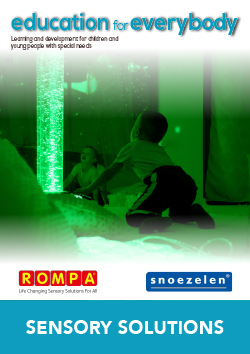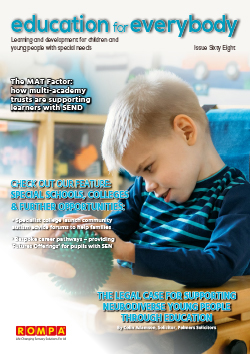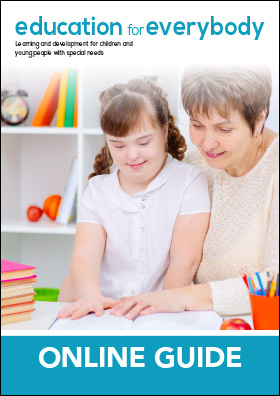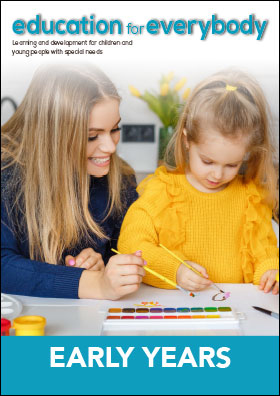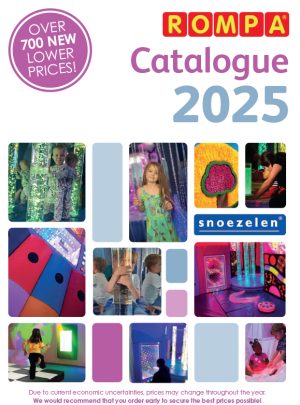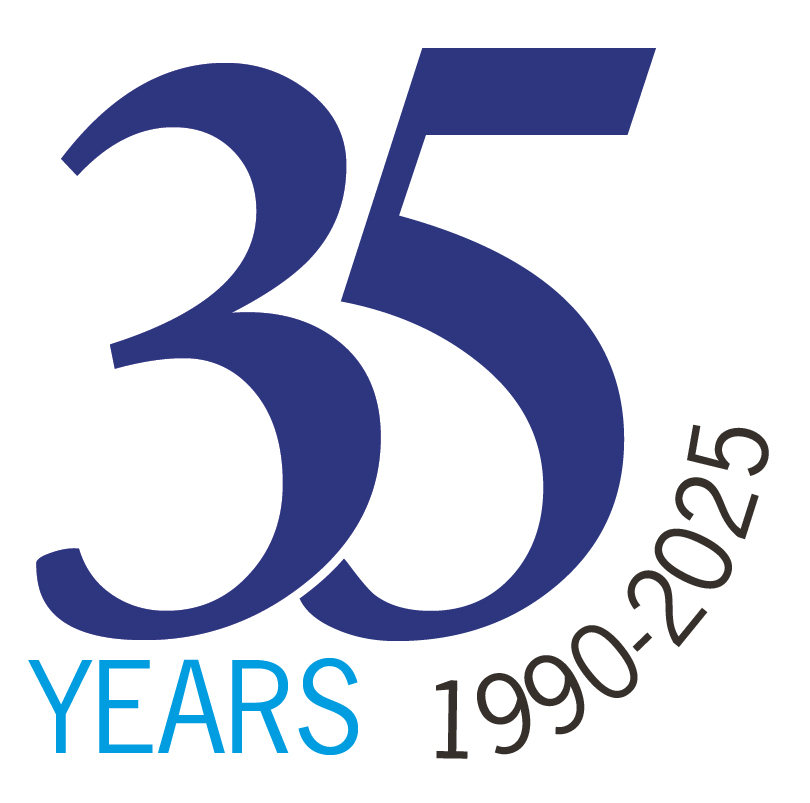Speech, Language and Communication Needs (SLCN) are prevalent issues found within many children’s disabilities or difficulties. Whilst they make children more vulnerable to abuse, conversely abuse also makes children more prone to developing SLCN needs. The key to addressing this challenge is to intervene as early as possible.
Children who experience abuse and neglect are more likely to have communication and interaction difficulties. This can be due to the quality of interaction with and attachment to their caregivers. The effects of poor attachment can be, and often are, long-term. Children in abusive or neglectful situations are likely to develop insecure attachment to their caregivers and others, which can lead to social communication difficulties, limited opportunities to express themselves and the inability to feel safe to do so. They may also experience lower self-confidence, reduced language skills, a reduced capability to feel, recognise and express emotions, and a restricted vocabulary for thoughts and feelings.
Speech and Language Therapists (SaLTs) play an essential role in helping to mitigate harm. Good SaLTs hold the keys to unlocking any trauma that might be impacting upon a child’s ability to communicate. Speech and Language Therapists work in partnership with families, children, schools, housing, inter-agency support, and other relevant stakeholders to safeguard and promote the welfare of children. Of course, not all pupils that exhibit an SLCN have been neglected, far from it, but key research has shown definite links between SLCN and neglect. For example, a lack of stimulation in childhood, resulting in a lack of opportunity for communication and interaction, can result in SLCN.Â

The link between safeguarding and communication difficulties also works in reverse: children who have complex needs are at greater risk of abuse, in part, because of their communication difficulties. According to the World Health Organisation, disabled children are 3.7 times more likely than their peers to be victims of any sort of violence, 3.6 times more likely to be victims of physical violence, and 2.9 times more likely to be victims of sexual violence. The reasons for this are manifold but would include that some of the most vulnerable children are those whose impairments prevent them from communicating what has happened to them, making them especially vulnerable to being targeted by perpetrators of abuse.
Research conducted by Refuge, a charity that supports victims of domestic violence, has found that pre-school children exposed to domestic abuse are likely to be at high risk of developing significant speech and language problems: 50% of children involved in their study met the criteria for post-traumatic stress disorder (PTSD). The most frequently reported PTSD symptoms for pre-schoolers in the study included language regression and separation anxiety. Comparisons between the achievement of children in Refuge’s playcentre and those in the wider community showed a significant difference in hearing and speech development.
There is also a strong link between anti-social behaviour and SLCN. Studies have shown that disadvantaged children hear an average of 250,000 utterances per year, whereas non-disadvantaged children hear an average of 4 million per year. By the time they reach school age, disadvantaged children are often already between 18 to 24 months behind expected. This gap only grows as the children age. Poor language ability in a child’s early years increases the risk of anti-social behaviour as they grow. Early intervention should always be a priority if at all possible as it offers a key to higher rates of success. Technology is playing a part in intervention and support as well.
SaLTs can support children using a range of Alternative and Augmentative Communication (AAC) options. For example, a Pragmatic Organisation Dynamic Display (PODD) is a book or device that contains symbols and words to support communication between people with complex communication needs and their communication partners, whether that’s carers, family, friends or support workers. The use of a PODD book during an Australian court case allowed a young lady to communicate for the very first time that she had been abused – this led to a conviction and a proper programme of targeted support to be put into place to help the young lady overcome the trauma.
It is also essential for schools to use technology to keep track of a child’s whole safeguarding profile as tightly as possible, without gaps. We no longer need to live in the days of detailing safeguarding info on bits of paper and stuffing them into a file. Safeguarding software such as MyConcern equips safeguarding leads and staff with the tools they need to spot patterns and trends, allowing them to identify crucial actions and interventions as early as possible, making all the difference for the most vulnerable children and young people.
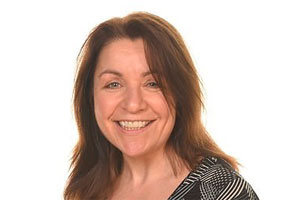
MyConcern was created by former police officers who are experts in child protection — they know exactly how important safeguarding is and were inspired to develop the software after realising how antiquated traditional school safeguarding systems were, meaning it was all too easy for something to slip through the cracks. They are also in the process of launching a national Safeguarding Advisory Board whose members will be leading experts in their fields, bringing together every possible idea, development and solution for best practice in safeguarding.Â
If we are to slow the detrimental impact of Speech, Language and Communication Needs, as well as associated anti-social behaviour, we need to invest in Early Years’ SaLTs who are highly trained in spotting any cause for concern or signs of abuse, are confident to work across organisations, and are adept in using technology to safeguard children and give them a voice when they don’t know how to be heard.
For more information on safeguarding in SEN settings, register for MyConcern’s newsletter.
By Jackie Shanks. Jackie is a Safeguarding Consultant for One Team Logic, the makers of MyConcern Safeguarding Software, and a National Leader of Education.

